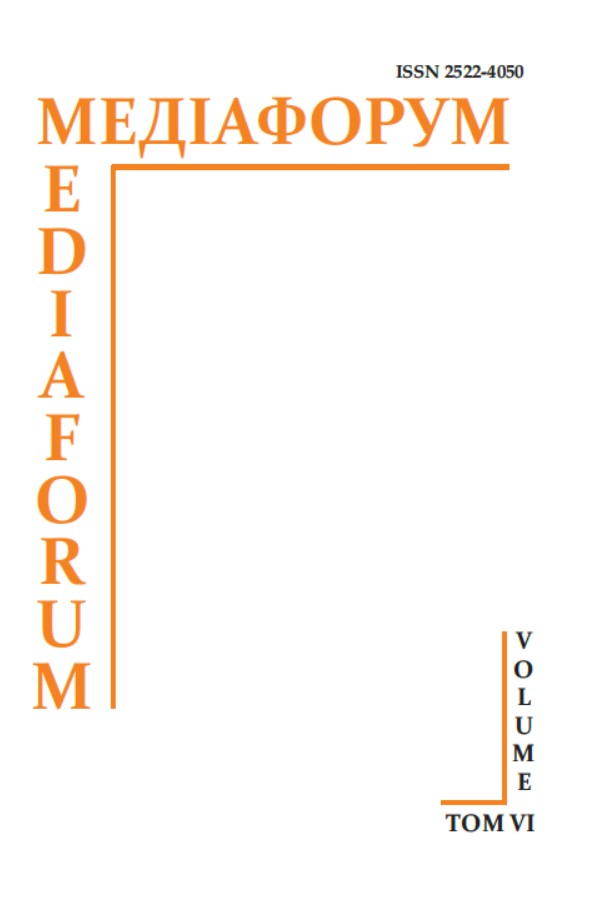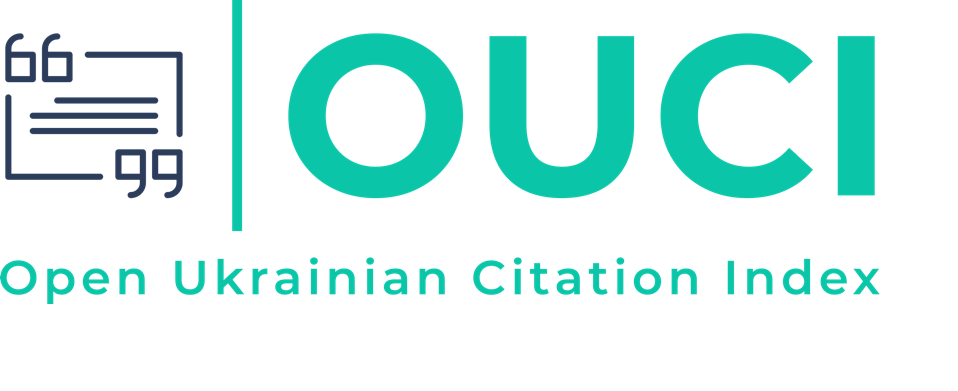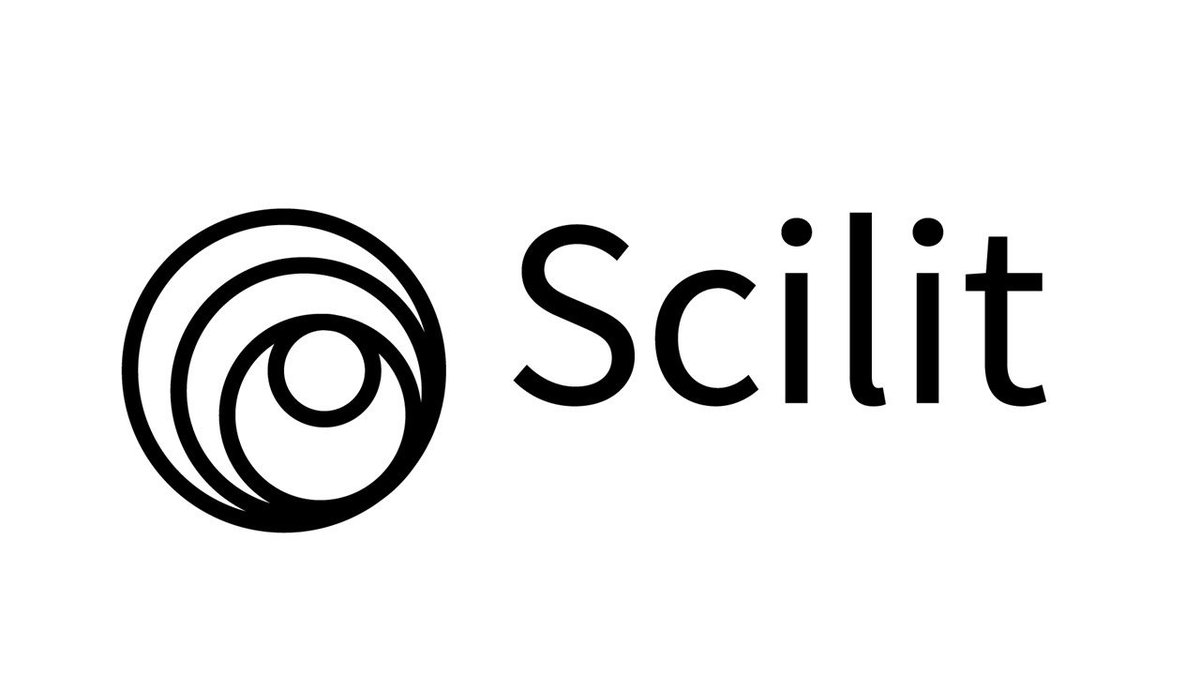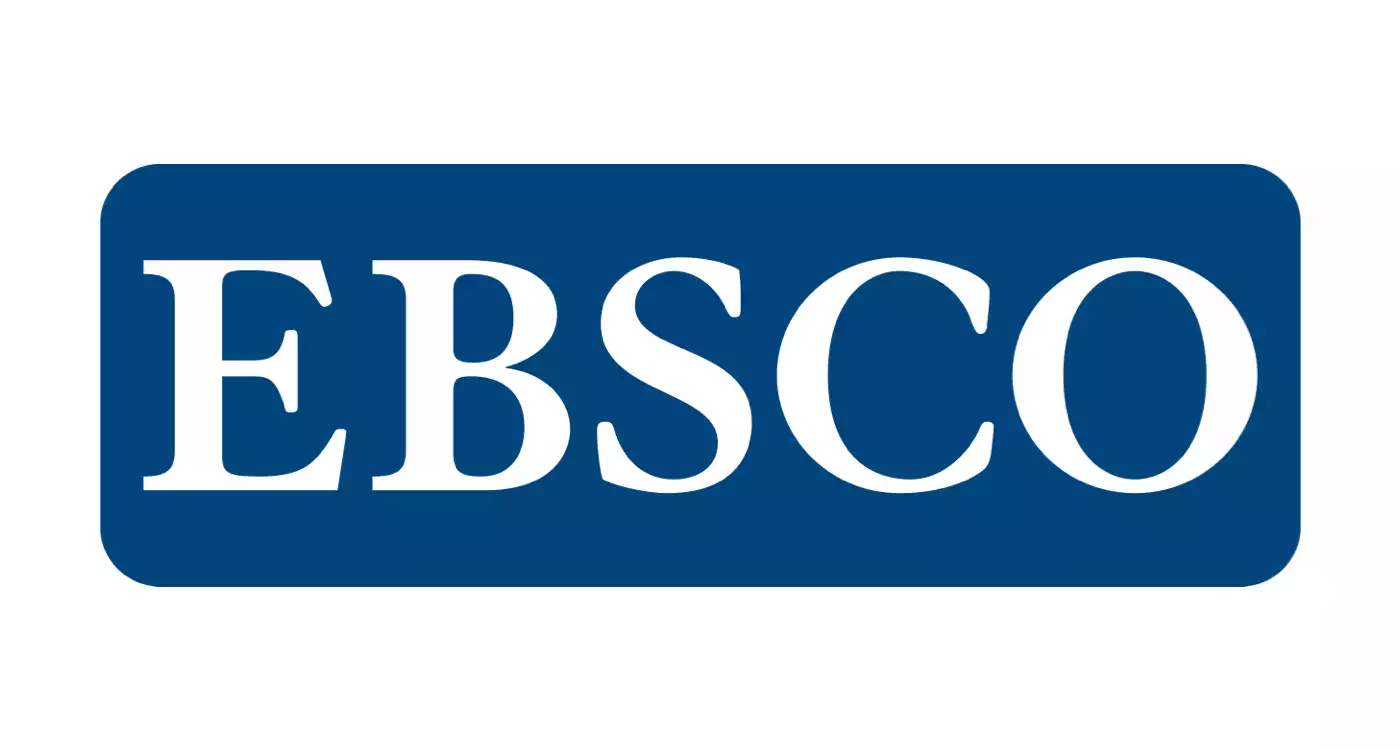NATO’s new strategic concept in cybersecurity issues in the context of up-to-the date vulnerability and threat information
DOI:
https://doi.org/10.31861/mediaforum.2018.6.71-93Keywords:
North Atlantic Treaty Organization (NATO), cyberspace, cyber threats, cyber defense, cybersecurity, NATO Computer Incident ResponseAbstract
The focus of the article revolves around NATO’s roadmap of smart defense against cyber attacks as the bedrock of Euro-Atlantic security. The author discloses NATO’S new policy and cutting-edge technical initiatives, aimed at focusing on countering global threats and cyber security challenges. It is stressed out, that new ideas towards a more synergetic approach between all the NATO Cyber Defense agencies should be explored to develop a shared framework for cybersecurity that might provide up-to-the date intelligence in order to ensure the development, acquisition and maintenance of the necessary military capabilities. The research highlights the core aspects of the 2010 Lisbon Summit that adopted NATO’s Strategic Concept ‘Active Engagement, Modern Defense: Strategic Concept for the Members of the North Atlantic. Treaty Organization’, that recognizes Cyber Defense as one of its strategic priorities. In particular, to foster Allied Nations’ cooperative efforts to counter terrorism, cyber attacks, prevent the proliferation of nuclear weapons and other weapons of mass destruction (WMD), Reinforce energy security and environmental constraints.
Develop the capacity to contribute to energy security, including protection of critical energy infrastructure and transit areas and lines, cooperation with partners, and consultations among Allies on the basis of trategic assessments and contingency planning; In July 2011, NATO Defense Ministers adopted revised NATO Policy on Cyber Defense, which highlighted three areas:
• The principles of subsidiarity and proportionality, which involve the assistance provided only upon request, in any other cases, the principle of selfresponsibility of sovereign states is applied;
• Avoiding unnecessary duplication of the structures or capabilities and approaches on the international, regional and national levels;
• Collaboration based on trust, with regard to the potential sensitivity and vulnerability of the system, the access to which has to be given.
After the 2014 Wales Summit, in the revised NATO Cyber Defense Policy, cyber threats were identified as a potential prerequisite for collective defense under the Article 5 of the NATO Treaty. Noteworthy, Cyber Security is responsible for providing the broad spectrum of services in the following specialist security areas: CIS Security, Cyber Defense, Information Assurance, and Computer & Communications Security. Cyber defense is provided by many Alliance bodies: any NATO response concerning collective defense against cyber attacks will be subordinated to the North Atlantic Council (NAC), The Cyber Defense Committee (CDC) – the
leading advisory body of the NAC. The executive level is represented by The Cyber Defense Management Board (CDMB), NATO Communications and Information Agency (NCI Agency), Cyber Security incorporates the NATO Computer Incident Response Capability (NCIRC) Technical Centre, providing specialist services to prevent, detect, respond to and recover from cyber security incidents.
Downloads
References
Bielousova, Nataliia. 2011. «Osnovni vymohy NATO shchodo zabezpechennia bezpeky informatsiinoho prostoru». Aktualni problemy mizhnarodnykh vidnosyn 102 (ch. 1): 195-202. http://journals.iir.kiev.ua/index.php/apmv/article/view/2165/1928
Brezhnieva, Tetiana. 2012. «Polityka NATO z kiberzakhystu ta spivrobitnytstvo z partneramy». Stratehichni priorytety 4 (25): 189-194. http://sp.niss.gov.ua/content/articles/files/28-1440150881.pdf
Vikhul, Liis. 2014. «Stremlenie k peredovomu opytu v kibersfere». per Concordiam 5 (2): 10-13. http://perconcordiam.com/percon-rusv5n2/
Gardner, Dzhozef N. 2017. «Sovmestnaya bezopasnost v NATO». per Concordiam 8 (1): 46-51. http://perconcordiam.com/perCon_V8N1_RUS.pdf
Hrupa shvydkoho reahuvannia NATO dlia borotby proty kibernapadiv. 2012. http://www.nato.int/cps/uk/natohq/news_85161.htm?selectedLocale=uk
Dubov, Dmytro. 2011. «Suchasni tendentsii zabezpechennia kiberbezpeky na mizhnarodnomu rivni». Stratehichni priorytety 4 (21): 5-11. http://sp.niss.gov.ua/content/articles/files/1-1441958808.pdf
Zamikula, Mykola. 2009. «Krainy Baltii – NATO: borotba z kiberteroryzmom». Visnyk Naukovoho informatsiino-analitychnoho tsentru NATO Prykarpatskoho natsionalnoho universytetu imeni Vasylia Stefanyka 2: 54-58. http://nato.pu.if.ua/journal/2009/2009-12.pdf
Zastupnytsia Heneralnoho sekretaria NATO vziala uchast v Konferentsii z kiberbezpeky. 2017. https://www.nato.int/cps/uk/natohq/news_147863.htm?selectedLocale=uk
Krans, Maksim. Kiberoruzhie v arsenale NATO Atlantisty otkryvayut vozmozhnost dlya naneseniya yadernogo udara. 2013. http://nvo.ng.ru/concepts/2013-06-21/1_cyberweapon.html
Krutov, Vasyl. 2012. «Zakonodavche zabezpechennia kibernetychnoi bezpeky okremykh zarubizhnykh krain ta mizhnarodnopravovyi dosvid u tsii sferi» Informatsiina bezpeka liudyny, suspilstva, derzhavy. 2 (9): 64-69. http://www.nbuv.gov.ua/old_jrn/Soc_Gum/iblsd/2012_2/_private/9kvvitf.pdf
Markov, Viacheslav, i Karachentsev, O. 2014. «Napriamy diialnosti NATO u spravi protydii kiberzlochynnosti». Pravo i Bezpeka 4: 119-123. http://nbuv.gov.ua/UJRN/Pib_2014_4_25.
Novi zahrozy: kibervymir. 2011. NATO Reviu. http://www.nato.int/docu/review/2011/11-september/Cyber-Threads/UK/index.htm
Novyi tsentr bude zaimatysia analizom hibrydnykh atak i rozrobkoiu stratehii shchodo yikh protydii. 2017, 4 zhovtnia. https://glavcom.ua/news/u-finlyandiji-vidkrito-centr-nato-i-jes-z-vivchennyagibridnih-zagroz-441621.html
Obespechenie bezopasnosti v Internete Ucheniya spetsialistov po kiberbezopasnosti «Locked Shields» v Estonii. 2014. per Concordiam 4 (4): 50-53. http://perconcordiam.com/percon-rus-v4n4/
Onyshchenko, Yurii. 2018. «Stratehiia oporu Rosii: yaki reformy chekaiut na NATO». Yevropeiska pravda. https://www.eurointegration.com.ua/articles/2018/02/14/7077523/
Pidtrymka Ukrainy z boku NATO. 2016. Biuleten Orhanizatsiia Pivnichnoatlantychnoho dohovoru. https://www.nato.int/nato_static_fl2014/assets/pdf/pdf_2016_07/20160627_1607-factsheet-nato-ukrainesupport-ukr.pdf
Synhlton, Denyel. 2014. «Kybernetycheskoe pole boia». per Concordiam. 5 (2): 40-47. http://perconcordiam.com/percon-rus-v5n2/
Stratehichna kontseptsiia oborony ta bezpeky chleniv Orhanizatsii Pivnichnoatlantychnoho dohovoru, pryiniata hlavamy derzhav ta uriadiv u Lisaboni, 2010 /Neofitsiinyi pereklad. http://www.nato.int/cps/uk/natohq/official_texts_68580.htm?selectedLocale=uk (accessed April 12, 2018).
U Kyievi rozpochav robotu Sytuatsiinyi tsentr zabezpechennia kiberbezpeky. 26 sichnia 2018. Media Sapiens http://ms.detector.media/web/cybersecurity/u_kievi_rozpochav_robotu_situatsiyniy_tsentr_zabezpechennya_kiberbezpeki
U NATO zatverdyly stvorennia dvokh novykh shtabiv i tsentru. 2018. 14 liutoho. Yevropeiska pravda. https://www.eurointegration.com.ua/news/2018/02/14/7077541/
Ukaz Prezydenta Ukrainy. (2017). Richna natsionalna prohrama pid ehidoiu Komisii Ukraina – NATO na 2017 rik. №103/2017. http://www.president.gov.ua/documents/1032017-21670 (accessed April 12, 2018).
Ukaz Prezydenta Ukrainy. 2015. Pro zatverdzhennia Richnoi natsionalnoi prohramy spivrobitnytstva Ukraina - NATO na 2015 rik. № 238/2015. http://zakon5.rada.gov.ua/laws/show/238/2015 (accessed April 12, 2018).
Ukaz Prezydenta Ukrainy. 2016. Pro richni natsionalni prohramy pid ehidoiu Komisii Ukraina – NATO. №547/2016. http://www.president.gov.ua/documents/5472016-20862 (accessed April 12, 2018).
Ukaz Prezydenta Ukrainy. 2018. Pro zatverdzhennia Richnoi natsionalnoi prohramy spivrobitnytstva Ukraina - NATO na 2018 rik. № 89/2018. http://www.president.gov.ua/storage/j-files-storage/00/58/62/bd6cdbcf9328901d1d1d8163ae5348c6_1522256231.pdf (accessed April 12, 2018).
Active Engagement, Modern Defence. Strategic Concept for the Defence and Security of the Members of the North Atlantic Treaty Organization Adopted by Heads of State and Government at the NATO Summit in Lisbon 19-20 November 2010. – 40 р. http://www.ccdcoe.org/sites/default/files/documents/NATO-101120-StrategicConcept.pdf (accessed April 12, 2018).
Dereń, Jerzy, і Rabiak, Anna. 2014. «NATO a aspekty bezpieczeństwa w cyberprzestrzeni». Cyberbezpieczeństwo jako podstawa bezpiecznego państwa i społeczeństwa w XXI wieku, Edition: first, Chapter: NATO a aspekty bezpieczeństwa w cyberprzestrzeni, Publisher: Difin, Warszawa: 202-221. https://www.researchgate.net/profile/Jerzy_Deren2/publication/272818724_NATO_a_aspekty_bezpieczenstwa_w_cyberprzestrzeni/links/56b48d5b08ae8cf9c25b67c0/NATO-a-aspektybezpieczenstwa-w-cyberprzestrzeni.pdf
Framework for cooperation on cyber defence between NATO and partner nations. EAPC (C) D (2009) 0010. 2 April 2009 http://uan.ua/sites/default/files/41210385dod2.pdf
Klimburg, Alexander (Ed.) 2012. National Cyber Security Framework Manual. Tallinn: NATO CCD COE Publication,. – 253 р. https://ccdcoe.org/publications/books/NationalCyberSecurityFrameworkManual.pdf (accessed April 12, 2018).
Minárik, Tomáš. NATO Recognises Cyberspace as a ‘Domain of Operations’ at Warsaw Summit. 2017. International Cyber Developments Review (INCYDER). https://ccdcoe.org/nato-recognises-cyberspacedomain-operations-warsaw-summit.html016
MN CD2 Nations offer CCIIS for use in Cyber Coalition. 2014. By MN CD2 Project Office, on 4/30/2014. https://mncd2.ncia.nato.int/news/Pages/MN-CD2-Board-Meeting-04.aspx
NATO launches Industry Cyber Partnership By Communication 9/18/2014 https://www.ncia.nato.int/NewsRoom/Pages/140918-NATOlaunches-Industry-Cyber-Partnership.aspx
North Atlantic Treaty Organisation. Resources Organisations .https://ccdcoe.org/nato.html
Pernik, Piret, 2014. «Improving Cyber Security: NATO and the EU» International Centre for Defence Studies. https://icds.ee/wp-content/uploads/2010/02/Piret_Pernik_-_Improving_Cyber_Security.pdf
Schmitt, Michael (red.) 2017. Tallinn Manual 2.0 on the International Law Applicable to Cyber Operations USA: Cambridge University Press http://assets.cambridge.org/97811071/77222/frontmatter/9781107177222_frontmatter.pdf
Tallinn-based NATO Cooperative Cyber Defence Centre of Excellence Welcomed Portugal as a New Member. 2018. https://ccdcoe.org/tallinn-based-nato-cooperative-cyber-defence-centre-excellencewelcomed-portugal-new-member.html
Wales Summit Declaration Issued by the Heads of State and Government participating in the meeting of the North Atlantic Council in Wales Press Release (2014) 120 http://www.ccdcoe.org/sites/default/files/documents/NATO-140905-WalesSummitDeclaration.pdf
Wodnicki, Jacek. 2017. «Bilans wybranych decyzji podjętych w 2016 roku przez Radę Północnoatlantyc-ką podczas szczytu NATO w Warszawie». Ante Portas – Studia nad Bezpieczeństwem 1(8): 171-188. http://anteportas.pl/wp-content/uploads/2017/09/AP.VIII_Wodnicki.pdf















